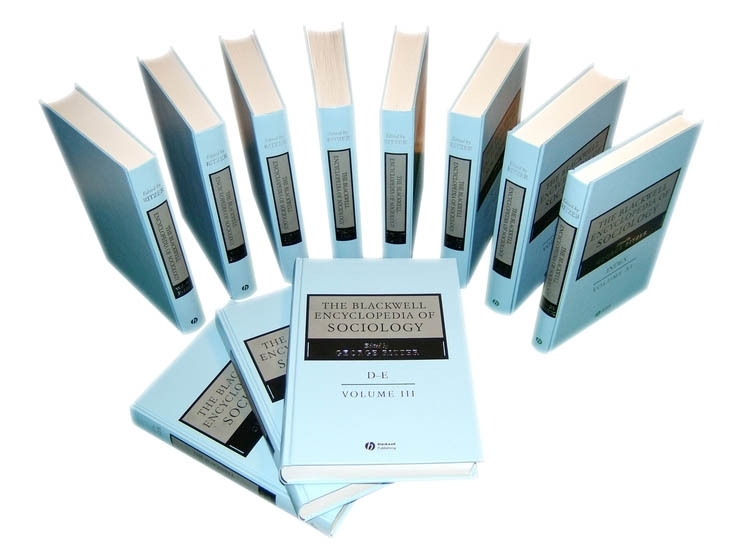High-Speed Transportation Pollution
Abstract
High-speed transportation pollution refers to a type of environmental pollution consisting of high levels of noise, vibration, and air pollution. These disturbances cause damage to daily life, such as sleep deprivation or the disturbance of conversation at home, as well as stress-related health issues. High-speed transportation is essential for highly industrialized urban life; it is a basic condition for developing efficient modern economies, greatly reducing time spent traveling. High-speed transportation pollution is especially serious in metropolitan areas and in high-density population countries like Japan. In many ways, high-speed transportation pollution is quite distinct from industrial pollution. At first glance, the impact on the environment for each flight, bullet train service, or individual automobile looks inconsequential, but the cumulative effect is very great. For many years, planners and administrators of transportation systems focused only on the “benefit sphere”: speed, safety, convenience, and economic effect. They overlooked the “negative,” environmental effects for local residents. Effective regulation only came about with the rise of protest movements and the recognition of serious social issues.



